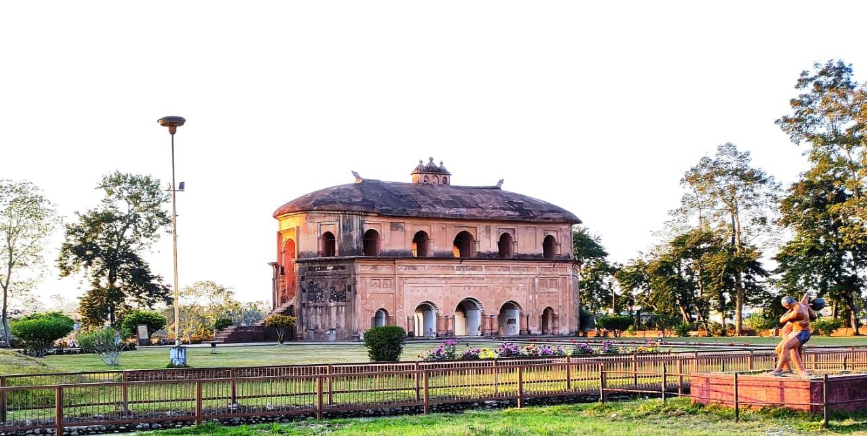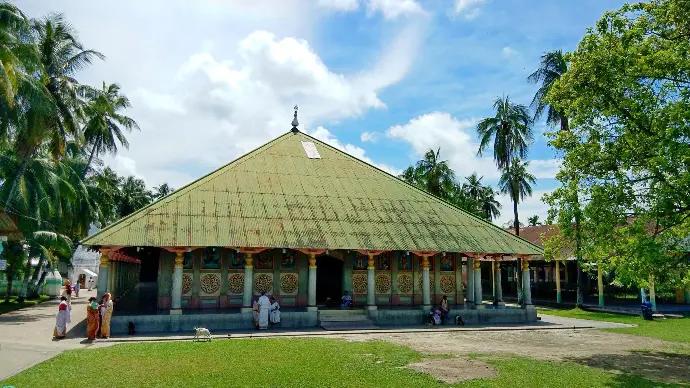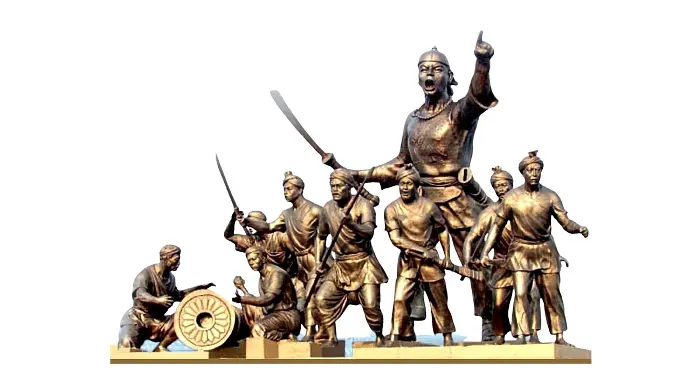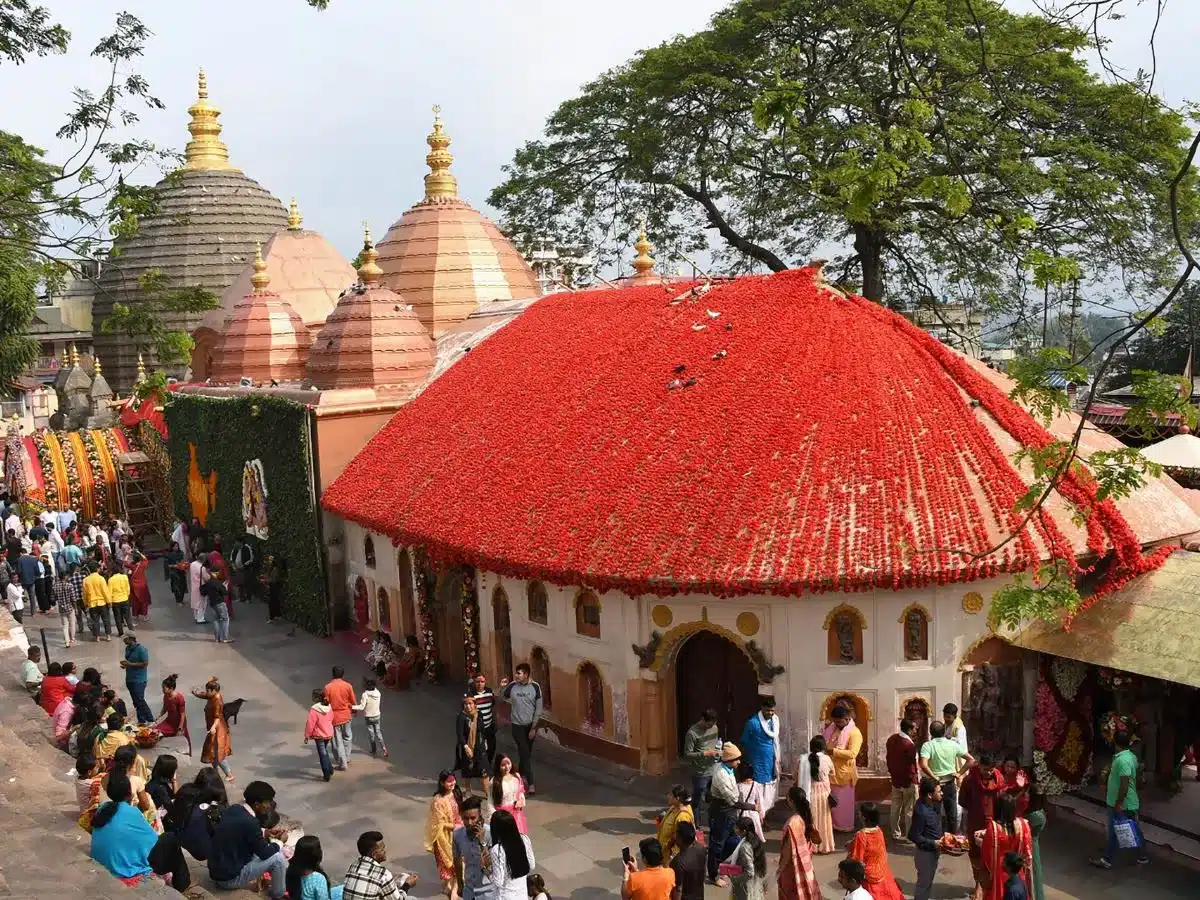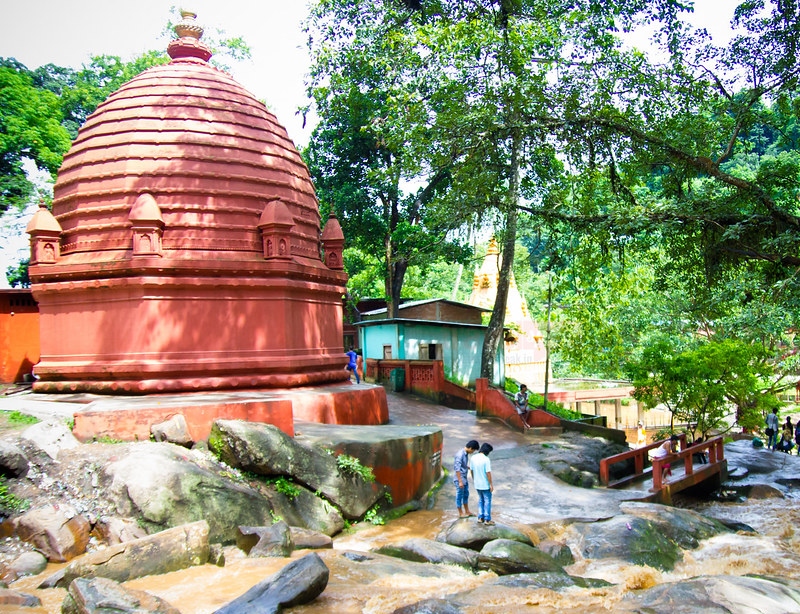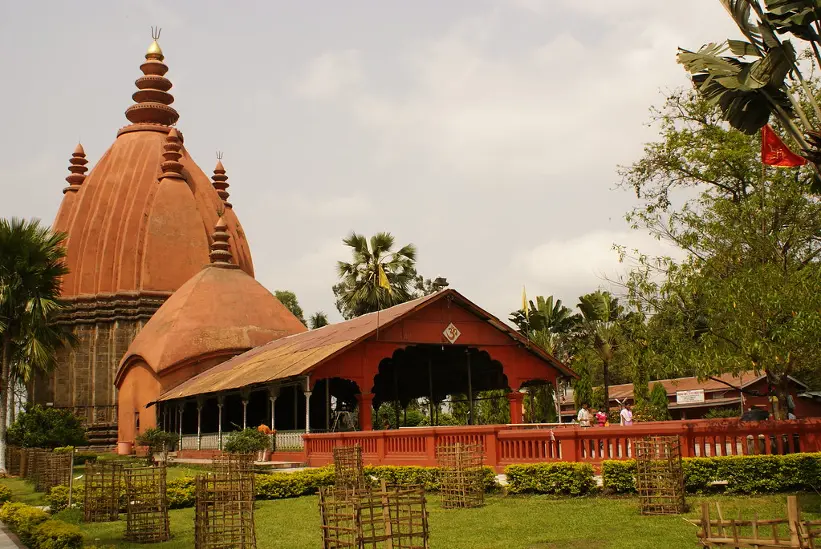Rang Ghar - The Royal Pavilion of Ahom Dynasty
Introduction
Welcome to the grandeur of Assam, where history breathes through architectural marvels and traditions. One such masterpiece is the Rang Ghar, a royal pavilion of the Ahom Dynasty, which stands as a testament to Assam's glorious past. Located in Sivasagar, the Rang Ghar is often referred to as the "Colosseum of the East," reflecting its significance and grandeur. This article delves into the history, architecture, cultural significance, and visitor information for this iconic structure.
Historical Background
The Rang Ghar, which translates to the "House of Entertainment," was constructed during the reign of Ahom King Swargadeo Pramatta Singha (1744-1751 AD). It served as a royal sports pavilion from where the Ahom kings and nobles witnessed games like buffalo fights and other traditional sports, especially during the Rongali Bihu festival. The structure symbolizes the leisure and cultural sophistication of the Ahom royalty.
Architectural Splendor
The Rang Ghar is an excellent example of Ahom architecture, which blends indigenous styles with Mughal influences. The building is constructed with a unique blend of materials, including bricks and a paste of rice and eggs, contributing to its durability.
Exterior Design
The Rang Ghar stands on a raised platform and is oval-shaped, resembling the shape of an amphitheater. It has two floors with arched entrances. The roof of the Rang Ghar is shaped like an inverted boat, which is a distinctive feature of Ahom architecture. The outer walls are adorned with intricate carvings and designs, reflecting the artistic prowess of the era.
Interior Layout
The interior of the Rang Ghar comprises a series of rooms and corridors, which were used by the royal family and their guests. The top floor provided a panoramic view of the sports events held in the nearby fields. Though the interior is relatively simple compared to the exterior, it still exudes an air of elegance and grandeur.
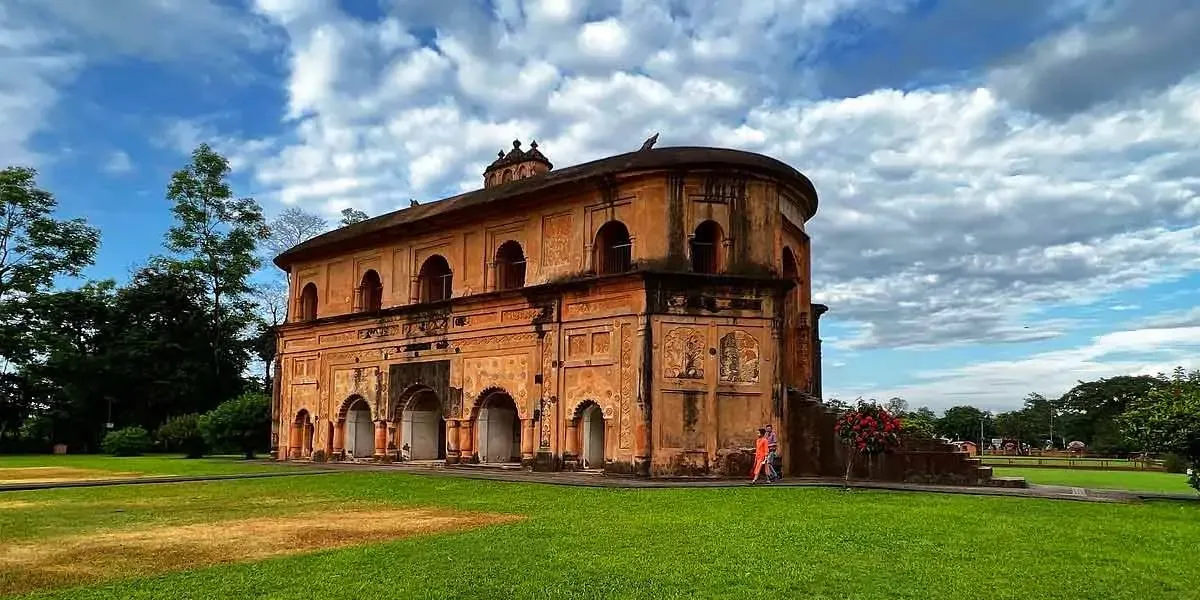
Cultural Significance
Rang Ghar is not just an architectural marvel but also a cultural icon of Assam. It played a crucial role in the social and cultural life of the Ahom dynasty. The pavilion was a hub of entertainment and festivities, symbolizing the prosperity and grandeur of the Ahom reign.
Festivals and Events
The most significant event associated with the Rang Ghar is the Rongali Bihu, the Assamese New Year. During this festival, the pavilion came alive with various traditional games and cultural performances, showcasing the vibrant culture of Assam. Even today, the Rang Ghar is a focal point during Bihu celebrations, attracting tourists and locals alike.
Preservation and Conservation
The Rang Ghar is a protected monument under the Archaeological Survey of India (ASI). Various efforts have been made to preserve this historical structure, including restoration works to maintain its architectural integrity. Despite these efforts, the Rang Ghar faces challenges due to environmental factors and human activities, highlighting the need for continuous conservation efforts.

Visiting Rang Ghar
A visit to Rang Ghar offers a glimpse into Assam's royal past and architectural brilliance. Here are some tips for visitors:
Location
Rang Ghar is located in the town of Sivasagar, which is about 360 km from Guwahati, the capital city of Assam. Sivasagar is well-connected by road, rail, and air, making it accessible for tourists.
Best Time to Visit
The best time to visit Rang Ghar is during the winter months (October to March) when the weather is pleasant. Visiting during the Rongali Bihu festival in April can also be a unique experience, as the area comes alive with cultural festivities.
Entry Fee and Timings
The monument is open to visitors from 10:00 AM to 5:00 PM. There is a nominal entry fee for Indian and foreign tourists. It is advisable to check the latest timings and fees before planning your visit.
Nearby Attractions
While in Sivasagar, visitors can also explore other historical sites such as Talatal Ghar, Kareng Ghar, and the Sivasagar Sivadol. These sites offer a deeper insight into the rich heritage of the Ahom dynasty.
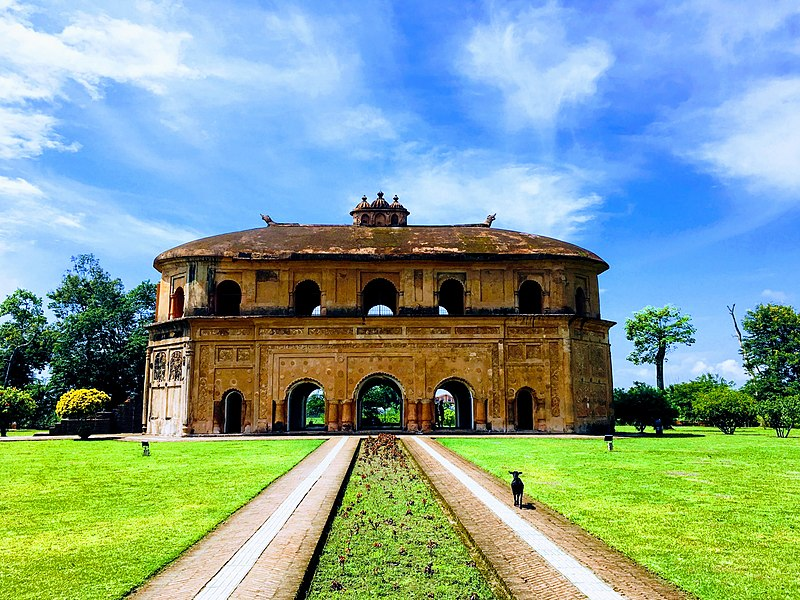
Conclusion
Rang Ghar stands as a symbol of Assam's rich cultural and historical legacy. Its architectural splendor and cultural significance make it a must-visit destination for history enthusiasts and tourists alike. A trip to this royal pavilion offers not just a journey into the past but also an appreciation of the artistic and architectural achievements of the Ahom dynasty. Visit Rang Ghar and immerse yourself in the history and culture of Assam.
Explore Assam with us and uncover the treasures of its royal heritage. Plan your trip to Rang Ghar and other historical marvels with Explore Assam Tour Agency, where every journey is a step into history.
